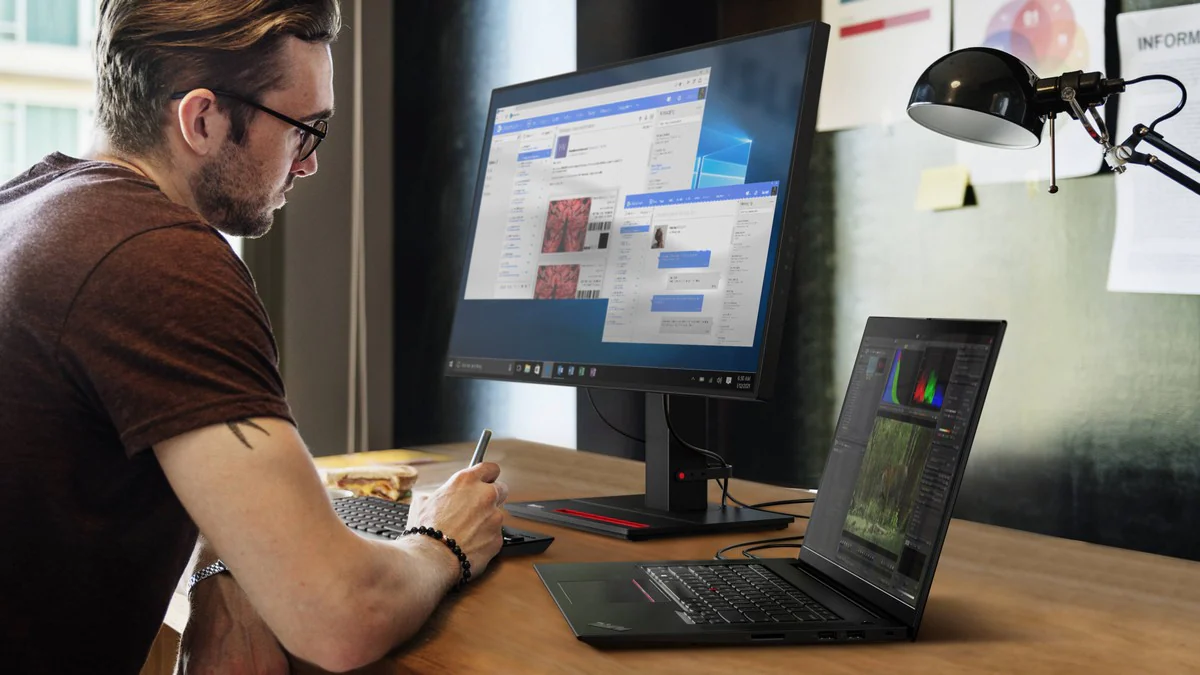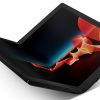Global PC shipments grew 45 percent year-on-year to 75.6 million in the first quarter of 2021, according to a market research report. Lenovo retained its market leadership, and was followed by HP and Dell. The growth in the shipments of key PC vendors is forecast to continue in the coming months. However, the global chip shortage that has impacted the supply of key components — in the aftermath of the COVID-19 outbreak last year — is predicted to continue to affect the PC market worldwide in the second half of 2021.
Market research firm Counterpoint has reported the global PC shipments data for the first quarter. The firm said strong demand across different categories and a low base in the same period last year due to the coronavirus outbreak are amongst the prime reasons for the growth.
Lenovo led the market again in the first quarter of 2021 with a 24 percent share, followed by HP at 23 percent, Dell at 17 percent, and Apple at nine percent, according to Counterpoint. The report said that the overall momentum of the market was mainly driven by the growth in gaming notebooks and a surging demand from the work-from-home and study-from-home segments.
However, the shipment volumes were down 14 percent sequentially from the fourth quarter of 2020 due to seasonality, the report said.
![]()
Lenovo, HP, Dell, and Apple were amongst the top-five PC vendors globally in Q1 2021
Photo Credit: Counterpoint
The growing demand for computers (especially notebooks) is expected to continue in the second quarter. Counterpoint also said that the top six vendors will continue to dominate the market with a combined share of over 85 percent.
Predicting future trends, Counterpoint said that premium models with higher average selling prices could dominate the market through big promotions. However, that growth may negatively impact the growing shipments of Chromebooks to some extent.
Counterpoint said the market will see a 16.3 percent year-on-year growth in 2021, with shipments reaching 333 million.
However, despite the projected growth, the ongoing shortage of chips is likely to impact the market. The firm said that it found a 20-30 percent gap between orders (end-demand) and actual shipments of key components including power management integrated circuit (IC), display driver IC, and CPUs.
Power management integrated circuits (PMICs) and display driver integrated circuits (DDIC) are said to have faced the biggest gaps in demand and supply the PC segment, with their lead time (the total time from the start to the end of their production) being almost twice as much due to the coronavirus pandemic.
Counterpoint noticed that while PC CPUs’ supply started to improve in the late first half, some vendors faced difficulties in meeting the demand for components such as audio codec IC and LAN chips. Wi-Fi SoC shipments were also relatively at low inventory levels.
“Since we do not see any meaningful foundry capacity expansion in H2 2021, it is unlikely that the lead time for key IC components would recover from the current status. Therefore, PC brands and ODMs cannot fully solve the shortage issue and clear the orders backlog,” said William Li, a semiconductor and components research analyst at Counterpoint.
The demand-supply gap for components, which started in the second half of 2020, is expected to continue for some more time. But Counterpoint said it should gradually be normalised in the late first half of 2022.
In late May, Dell and HP warned while announcing their quarterly earnings that the chip shortage would significantly impact their PC supplies at least until the end of the year. The market saw its highest annual growth in a decade in January.



Leave a reply